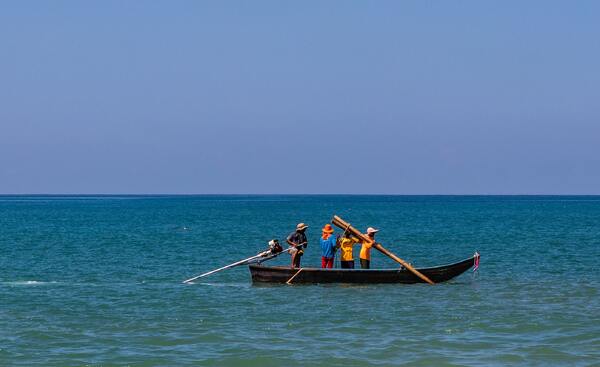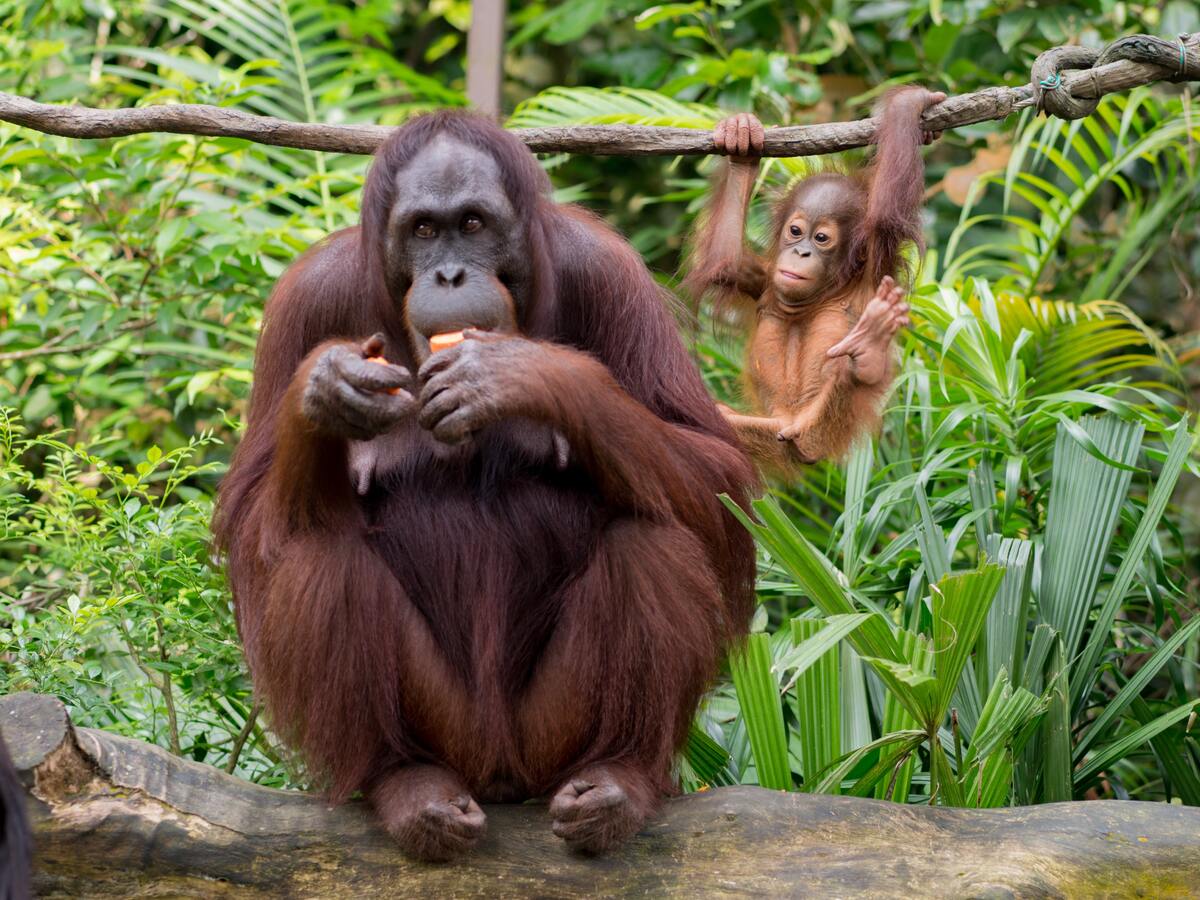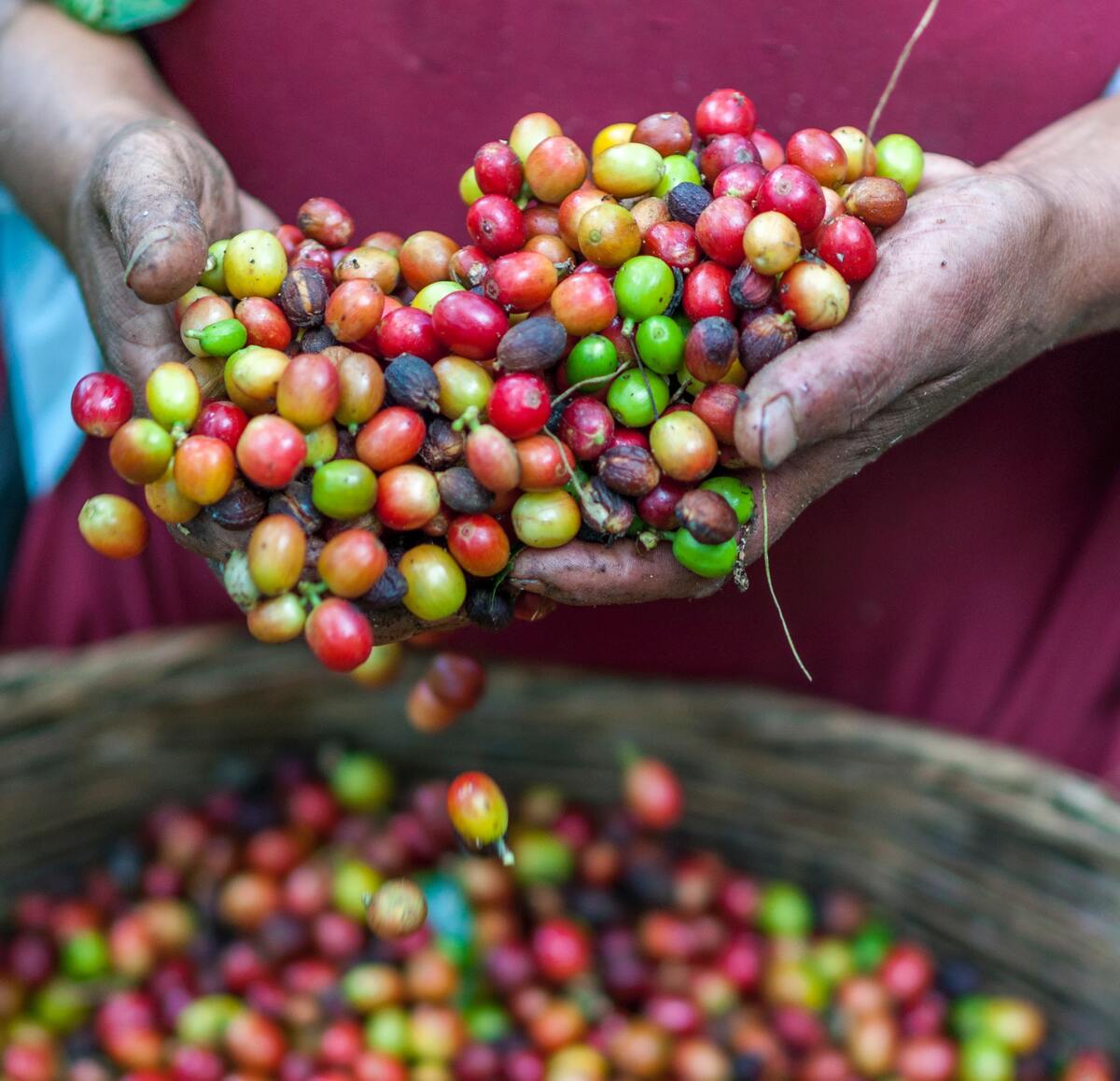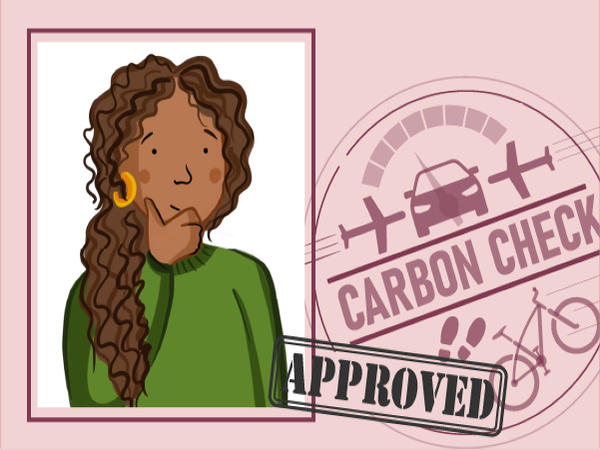You are viewing 1 of your 3 free articles for this month.
Southeast Asia improves sustainability targets
The region is ambitious in its plans to combat the climate crisis. All 10 Southeast Asian states are signatories to the Paris accord. They have also committed to making 23% of their primary energy renewable by 2025, with 26 major cities across the region kickstarting smart-city schemes to utilise resources more efficiently.

Slaves sit squashed in the bow of a boat off the Gulf of Thailand after a day of trash fishing, catching the feed for the region’s many fish farms.
In Malaysia, orangutans flee their natural habitats and face extinction as deforestation makes way for palm oil production. At the same time, citizens across Singapore inhale toxic fumes on a daily basis after farmers slash-and-burn their land in preparation for new crops.
When many people from outside the region think about Southeast Asia, they picture Thailand’s beaches, Cambodia’s temples or Sri Lanka’s jungles. It’s not the thought of slaves powering the region’s seafood industry, the overfishing damaging the coral, or ocean pollution caused by waste plastic packaging.
But these are some of the sustainable consumption issues impacting the region, which, along with tourism, is a major supplier of maize, soy, fish, coffee, cocoa, fruits and vegetables and palm oil across the world.
Products like lipstick, tinned tuna, hand sanitizer, electronics and clothing, sold across Europe and the US, could well have contributed to harming humans, the environment, or both, in Southeast Asia (see The development dilemma).
“Conventionally produced products have led to much of the social and environmental challenges facing the planet today, including climate change, deforestation, and poverty,” Cristina Larrea, lead of sustainability standards at the International Institute for Sustainable Development. told Ocki.
According to sustainability research company Evidensia, climate change, nature loss and pollution pose the biggest barriers to sustainable delivery of products in Asia. 2019 data from Statista rates Southeast Asia at 3.8 out of seven in terms of environmental sustainability, which is lower than the global average.
Any crop can be sustainable or unsustainable. It’s all about the manner in which we farm it
In addition, 58% of Asian consumers say they have been personally affected by environmental problems, according to Kantar research. It could be that their water source is polluted with plastic, their health has been affected by high levels of toxic pollution, or that the deltas they rely on for their livelihoods are “sinking and shrinking”, reports the World Wildlife Fund, as a result of too much sediment being removed for use in construction.
Chris Humphrey is executive director of the EU-Association of Southeast Asian Nations (Asean) Business Council, which supports the work of Asean governments to speed up sustainable development policies. He said: “Communication is the key, explaining the advantages of developing more policies to support sustainable trade, and the disadvantages of not doing so.”
Understanding the role of corporates
As it stands, companies are not penalised for using suppliers that exploit people – perhaps through forced labour, low wages or poor working conditions – or planet, and as a result nothing changes, said Siddharth Kara, author, researcher, screenwriter and activist on modern slavery. If more consumers knew the realities of how their food, clothes and cosmetics are made, he believes there’d be more action.
While some issues – such as the slavery in Southeast Asia’s seafood industry and the conditions of garment workers in Cambodia – have made the headlines in the past, awareness is a challenge for ‘hidden commodities’ such as palm oil, soybeans, and sugar that are often used to make other products, explained Larrea. Palm oil, for example, can be found in products ranging from biscuits to blusher, biodiesel to detergent.
Things are getting better though, said Namit Agarwal, public policy lead of the World Benchmarking Alliance, who believes there is an increasing interest among consumers, as well as governments and companies, in sustainability. Thailand, for example, is getting better at sharing more information on labels about manufacturers, packers, or importers.
Southeast Asia in numbers
|
“This is a good starting point across Southeast Asia where consumers start looking at the impact of their food on their health, the community and the climate,” Agarwal said.
According to Kantar’s Asia Sustainability Foundational Study 2021, already over half of Asians have stopped buying products and services that have a negative impact on the environment and society.
Buying organic produce can be a first step, Agarwal explained, before consumers then begin thinking about responsible sustainability in other areas such as apparel. However, sustainable products often come at a higher price point. The United Overseas Bank found that 58% of Southeast Asians believe safeguarding the next generation makes it worth spending more on sustainable products.
But in a region made up of vastly differing income levels, the ability to pay for higher priced, more sustainable products is a barrier for some, Larrea said. This is especially true following COVID-19 which saw disposable income levels decline. According to Ipsos, the market research company, it is not likely to return to pre-pandemic levels.
“We have to remember that many of the countries of Southeast Asia are in very different stages of economic development compared to Europe,” said Humphrey.
“If we look at the United Nations Sustainable Development Goals, the more important ones for many people in the Asean region relate to no hunger, access to clean water, access to decent employment, healthcare and education before worrying about the environment,” Humphrey said, adding that for higher-income countries the environment might be more of a priority.
The 17 SDGs provide a roadmap for tackling a multitude of global issues by 2030 including poverty, climate change, equality and peace. Data from consultancy Bain & Company shows that no Asean country ranks within the top 40 countries attaining the SDGs.
“Of course, the truth is that here in Southeast Asia we have to move on all of these fronts simultaneously – achieving one does not exclude achieving the others,” Humphrey said.

Taking control
However, Gerry Mattios, expert partner at Bain & Company in Singapore believes the region isn’t that far behind in achieving sustainable consumption when compared to more developed economies. There are some encouraging initiatives in Southeast Asia boosting sustainable consumption, Larrea agreed.
At a policy level, Thailand has developed a national action plan for business and human rights to tackle exploitation in supply-chains. It is also the first country to implement the Unesco Sustainable Travel Pledge to promote travel that takes less of a toll on the environment by eliminating single use plastic.
Indonesia recently announced a temporary ban on exporting refined palm and crude oil and Singapore, in 2019, became the first country in the region to charge a carbon tax to help in a transition to a low-carbon economy. To meet that same goal, Asean is also in the process of developing its own circular economy framework. (see Asean’s circular aspirations)
On a more practical level, there are various projects underway to support more sustainable supply chains. The Sustainable Coffee Platform of Indonesia, for example, is a farmer-focused organisation that promotes sustainable coffee production and consumption through education programmes.
The problem with palm oil
In Indonesia – which, together with Malaysia, produces 85% of the global supply of palm oil – Golden Agri-Resources (GAR), a palm oil plantation company with a commitment to responsible palm oil, works with suppliers through its No Deforestation, Peat and Exploitation practices, puts aside forests for protection, involves local communities in decisions about where palm is grown, and pledges to provide a safe working environment through its social and environmental policy.
“Any crop can be sustainable or unsustainable. It’s all about the manner in which we farm it,” said Anita Neville, chief sustainability and communications officer at GAR. Southeast Asia is very much leading the way in terms of eliminating deforestation from the palm oil supply-chains, she added.
In Sri Lanka, the UN Environment Programme, Consumer Information Programme and National Cleaner Product Centre has implemented a national life cycle inventory database development for agri-food products, increased consumer awareness of sustainable consumption, and certified sustainable products to help consumers make more sustainable choices.
Aside from project-based work, Bain’s Mattios explained that there is also a wealth of investments coming into the region for projects designed to accelerate decarbonisation and transition to a green economy. Citing research from the consultancy, he said that $15bn had been invested in green projects in the region since 2020 and that figure is expected to quadruple in the next four to five years.
“There’s a lot of desire from investors to invest in the region in nature-based solutions, decarbonisation, infrastructure and electrification of vehicles… but what is lacking is opportunities to invest,” he said, adding that as a result any companies making bold commitments to improve their operations and contribute to the climate action agenda will be able to attract a lot of investment.
According to Accenture, “Southeast Asia offers huge potential for sustainable investment,” particularly in areas of geothermal power, wind power, blue carbon, and food security – all aspects that feed into supply chains and production of everyday goods.

Calls for further action
To take these efforts further, Larrea called on standard-setting bodies “to improve product traceability and offer credible, reliable and transparent information on sustainability issues linked to commodities, so consumers can make sustainable choices in the market.”
A lack of awareness, she said, is a major factor limiting demand for commodities produced under voluntary sustainability standards in Southeast Asia and other markets. “We’ve seen clearly in European and North American markets that consumer demand for sustainable products can push producers to adopt better environmental and social practices,” she added.
IISD through its eco-fair project runs campaigns and offers online training to promote sustainable consumer choices in Vietnam. “Educating consumers on the true social and environmental costs of commodity production and consumption is essential,” she said.
But from there, producers – be it farmers, factory workers or fishermen – require support such as training, monetary incentives, and direct relationships with buyers to adopt and maintain sustainable production practices, Larrea added.
“How producers operate is important, but we can’t forget that production and consumption are two sides of the same coin,” she said.
The development dilemma
|
Check it out
For more information on these issues:
- The Roundtable on Sustainable Palm Oil - The RSPO is a non-profit representing oil palm producers, processors or traders, consumer goods manufacturers, retailers, banks/investors, and environmental and social non-governmental organisations (NGOs). It has developed a set of environmental and social criteria which companies must comply with in order to produce Certified Sustainable Palm Oil (CSPO).
- WWF 8 things to know about palm oil
- The Responsible Soy Roundtable for the soy supply chain
- Orangutan Foundation International
- The Sustainable Coffee Platform of Indonesia
- Forest Stewardship Council
- Best Aquaculture Practices
- Fairtrade - Products with the Fairtrade certification label adhere to a set of standards through their production and supply. The organisation says that for farmers and workers, Fairtrade means workers’ rights, safer working conditions and fairer pay; and for shoppers it means high quality, ethically produced products
- Antislavery
- Human Rights Watch report on forced labour in Thailand’s fishing industry
Activate employees
Find out how OckiPro membership engages employees to deliver sustainability impact.
Get Involved
There are many ways to get involved with Ocki and its community. To find out more, click the button below




